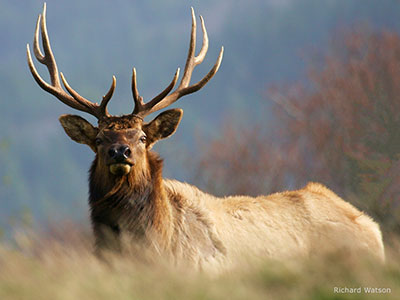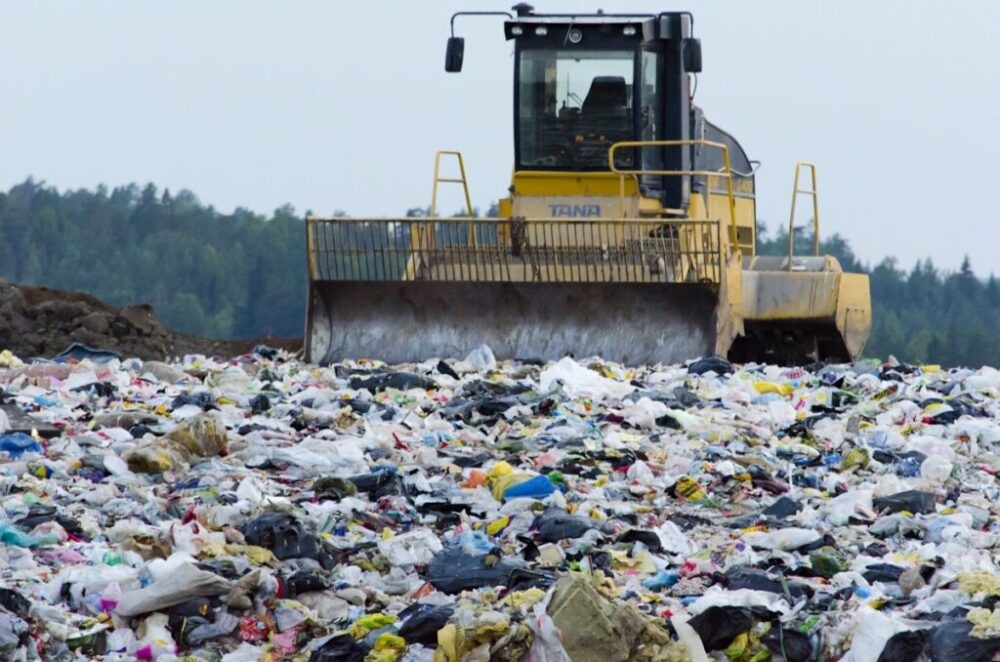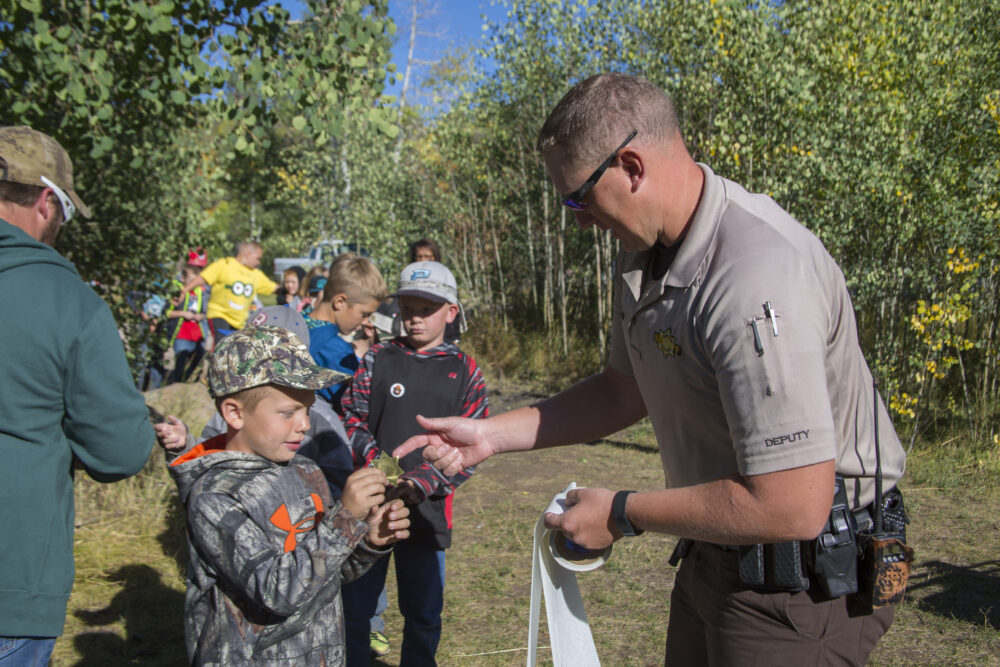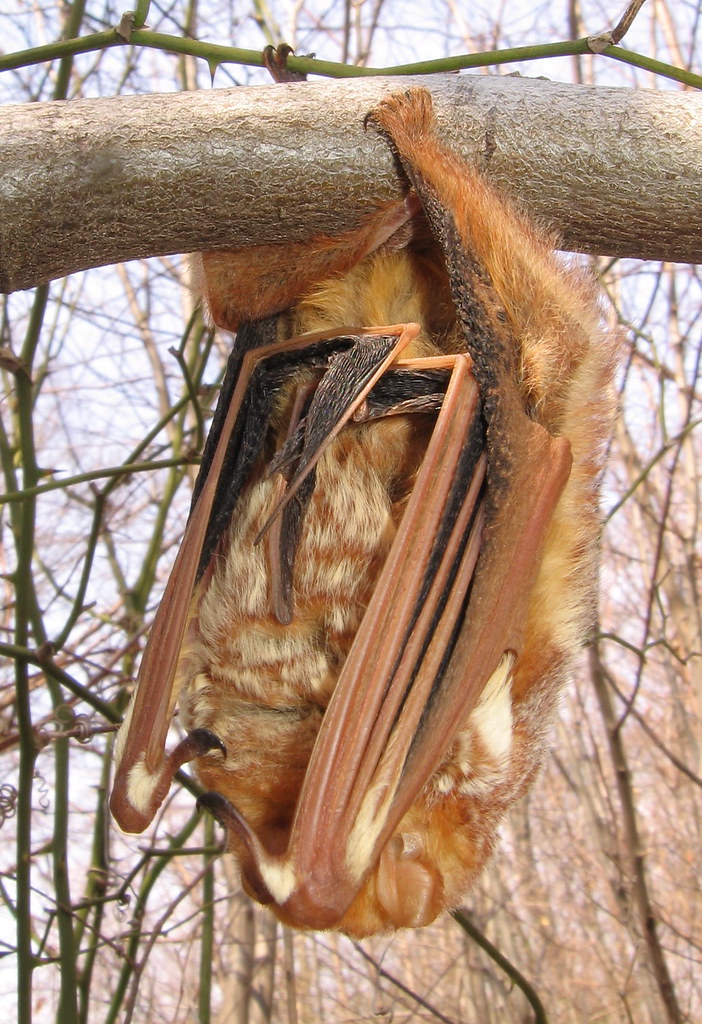We have much more to do and your continued support is needed now more than ever.
New Bill Lays Out Responsible Development of Renewable Energy on Public Lands
 Today, a bipartisan group of Western representatives and senators introduced the Public Lands and Renewable Energy Development Act of 2013.
Today, a bipartisan group of Western representatives and senators introduced the Public Lands and Renewable Energy Development Act of 2013.
I am feeling giddy. Let me tell you why.
Growing up on the East Coast, our town playground and basketball court were the extent of my understanding of public lands. Though our eastern states also have their fair share of state and federal forest land and park systems, my first experience with real public lands came during a cross country bicycle ride. I fell in love with the wide open spaces I didn’t have in my backyard back home.
On a bike it’s easy to see how much use we get out of our federal public lands—like the 285 million acres managed by the Bureau of Land Management. Hunting, fishing, hiking, all forms of energy development, ranching, off-road vehicle use, and incredible wildlife habitat to boot. Experiencing our Western public lands in person made me proud to live in America.
I’ve since learned more about the pressures our public lands are feeling, particularly from a rapidly changing climate and energy development decisions. National Wildlife Federation’s recent report, Wildlife in a Warming World, highlighted the impacts of increased drought, wildfire, and invasive species on big game, sagebrush habitat, and other sensitive wildlife
A Framework for Renewable Energy Development on Public Lands
So that gets us back to the bill introduced today by Sen. Jon Tester (D-MT) and others. It creates the framework for more efficient, responsible renewable energy development on public lands and would strategically direct the revenue from development to pay back local communities, fish and wildlife resources, and hunting and angling access potentially impacted by this clean energy development.
It’s a win-win for clean energy and wildlife conservation and you heard it right in the intro—supported by Westerners from both parties. That’s cause for celebration in and of itself!
In 2009, our public lands had zero approved solar energy projects and very few wind energy projects. With a lot of effort, this changed over the last three years, with now over 30 projects and 12GW permitted, enough power for 3-5 million homes per year.
To be frank, our current system for wind and solar development on public lands is woefully inefficient for every interested stakeholder—the clean energy industry and the wildlife advocate. It nearly always results in more conflict than necessary.
This bill helps solve these significant barriers to clean energy development and wildlife conservation. It also ensures some of the revenues from development on public lands goes back to impacted communities, particularly through a conservation fund for cumulative impacts to the landscape and sportsmen’s access.
As we embark on a clean energy future, there is a model to avoid. 140 years ago the U.S. Congress passed a law to promote mining and Western expansion, with provisions that hinder wildlife and habitat conservation to this day. For decades, campaigns have worked to fix that mining law.
Let’s not look back 30 years from now with the realization that we made the same policy mistakes in the rush to stop carbon pollution with wind and solar energy on public lands. Instead, let’s put in place now the right framework for efficient, sustainable development of wind and solar energy and help address its impacts with a conservation fund.




















